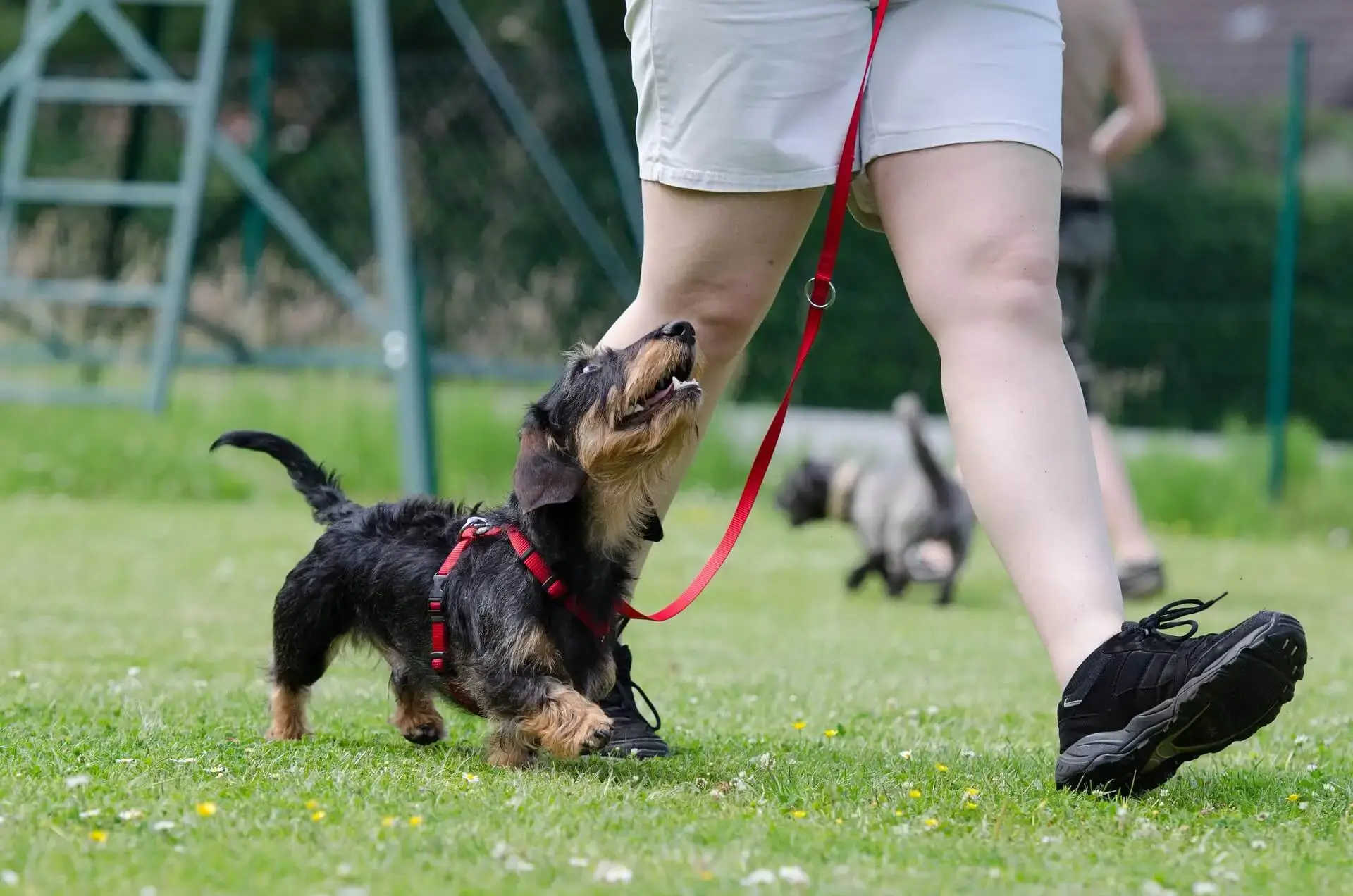Basic FAQs About Sugar Glider Care
Did you know that sugar gliders can live for up to 15 years? Many people may be surprised to learn this. Nowadays, many people choose little animals as pets. It is not difficult to understand why. Small animals are usually pretty affordable. They’re also incredibly cute, take up little space, and are small enough to pass weight limitations imposed by landlords or HOAs easily. However, One of the numerous factors to consider before adopting sugar gliders is their lengthy lifetime. This post contains some care suggestions from a local Fort Myers, FL veterinarian.
Sugar Gliders: What Are They?
People sometimes mistake these lovely little fellows for rats, but they are actually marsupials. These adorable little creatures are native to Australia and Indonesia. They have just recently entered the domain of pets, having originally gained popularity in the exotic pet niche in the 1990s.
What Are Some Interesting Facts About Sugar Gliders?
Sugar gliders are distinctive among our animal pals. Their care requirements are similar to those of a pocket pet in some aspects and to those of a bird in others. It’s critical to conduct extensive research before opting to adopt one. We’ll get into care later, but in the meantime, here are some interesting nuggets of information for you to ponder.
They Really Glide: Believe it or not, these people can glide 150 feet, or 45 meters.
They Have Long Tails: That adorable tail takes up over half of a glider’s body length, which is about a foot.
They’re Fragile: Similar to a flying squirrel, gliders have a thin membrane that spans from their wrists to their ankles. This is referred to as a patagium. It enables them to jump and glide through the sky. But it’s also very fragile. you should never place a harness on a glider, as you could damage it.
They Are Nocturnal: Sugar gliders are at their most active at night. That’s something to consider if you’re considering acquiring one for a child. Your small furballs might keep your child awake at night!
They All Have A Sweet Tooth: Sugar gliders got their name (or at least part of it) from their fondness for sweet foods. In the wild, their natural diets include a variety of fruits as well as nectar and honey.
They Make Fun Noises: Sugar glider vocalizations frequently sound more like a dog barking than anything else.
They Need Buddies: Wild Gliders live in fairly big colonies, which can number up to 15 gliders. You do not need to adopt that many, but you ought to have at least two. Without friends, a single glider becomes lonely and miserable.
What Kind Of Cage Do Gliders Require?
Sugar gliders aren’t difficult to care for, but they have very specific demands. You’ll need a large cage. We recommend that you acquire one that is at least 24″W x 36″H. However, more is preferable. These guys enjoy climbing, so choose something that is taller than wide. The bars should be less than half an inch apart. It’s also recommended to get something with an enamel or powder coat. Wire cages can cause harm. Non-treated wood shavings, shredded newspaper, and commercial liners or substrates can be used as bedding. Consult your veterinarian about this, since many common substrates are hazardous to gliders.
You’ll need toys, accessories, and hides. Hammocks, bags, swings, ladders, and tents are examples of what you could include. Branches, (big) rings, bells, and bridges will also be popular with your pets. Of course, you will require dishes as well.
Ask your vet for specific advice about choosing and setting up a glider cage.
What Does a Sugar Glider Eat?
This is one area where sugar glider care becomes challenging. They can eat normal food, but you’ll need to supplement with arugula, bibb lettuce, dill, or radicchio. Applesauce and honey sticks can be offered as snacks. It’s also crucial to understand what you shouldn’t feed your cat. That includes anything high in calcium and oxalates, such as raspberries, strawberries, blackberries, spinach, carrots, beets, pears, lettuce, figs, and collard greens. You’ll also need to avoid foods that are harmful to almost all animals, such as chocolate, garlic, and anything high in fat, salt, or sugar. Consult with your veterinarian for particular guidance.
How Do I Form A Bond With A Glider?
Gliders, like many small creatures, are prey in the wild and might be shy. Once you have earned your pet’s trust, you will notice that he or she grows quite connected to you. In fact, one of the best things about these little guys is that they frequently bond with entire families, though they will always be most attached to whoever loves and cares for them the most. Once they form an attachment to someone, they will be devastated if they are separated from them or rehomed. As a result, we highly advise avoiding purchasing gliders unless you are very certain that you will retain them for their entire lifetimes. Otherwise, consider a shorter-lived animal, such as a hamster or Guinea pig.
It may take some time to gain their trust. There are a few things you can do to speed up the process a bit:
Wear Pouches: Sugar gliders enjoy curling up in tiny hammocks. Wear a hoodie with a pouch and allow them to sleep on it.
Let them Get Used to Your Scent: Gliders are particularly scent-sensitive. Placing an old T-shirt in your pet’s cage can help them become used to your scent.
Offer a Tent: Making a small tent and caressing your little friends inside it is an excellent method to get them acquainted with you.
Offer Treats: You know the old saying that the path to a man’s heart is through his stomach? This also holds true for many pets. Another good way to help your pets feel good about you is to give them tasty treats.
Make It Fun: If you truly want to spoil your tiny companions, look into buying or crafting a special glider apron. This may seem silly, but many gliders adore these! You can even build a nice climbing wall for your pets.
What Are The Symptoms Of Sickness In Sugar Gliders?
As with any other animal, you’ll need to learn about common health conditions and symptoms to look out for. Pay close attention to your gliders and keep an eye out for signals of trouble.
This list consists of the following:
- Diarrhea
- Lethargy
- Obesity
- Constipation
- Eye problems
- No appetite
- Unusual breathing
- Dragging Hind Legs
- Hair Loss
- Anorexia
- Seizures
- Shaking
- Vomiting
If you detect any of these issues, contact your Fort Myers, FL veterinarian immediately.
Consult Your Fort Myers, FL Vet
This is a very basic introduction to sugar glider care. There’s much more to discuss. Before acquiring a new pet, do your homework thoroughly. Don’t be scared to ask your veterinarian for recommendations and advice. We’re always glad to assist!
Book an Appointment at Our Fort Myers, FL Pet Clinic
Do you have a question regarding sugar glider care? Call us, your Fort Myers, FL pet hospital, today!





